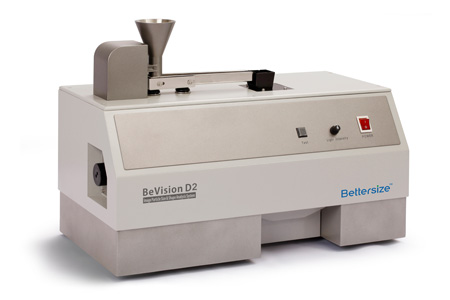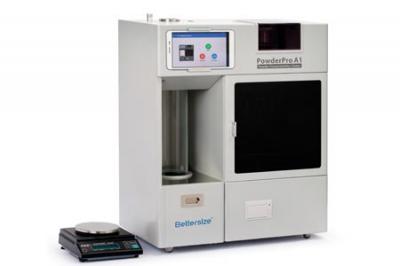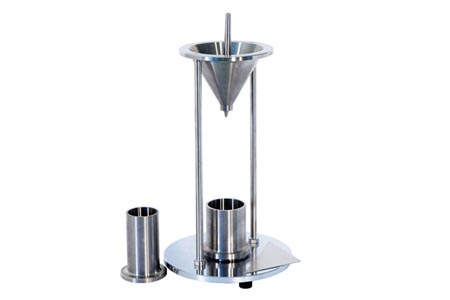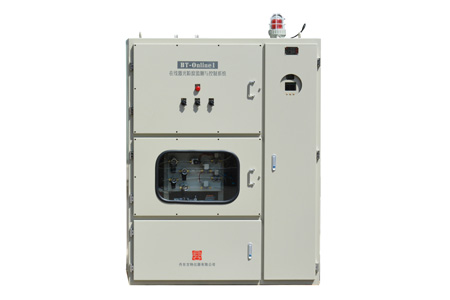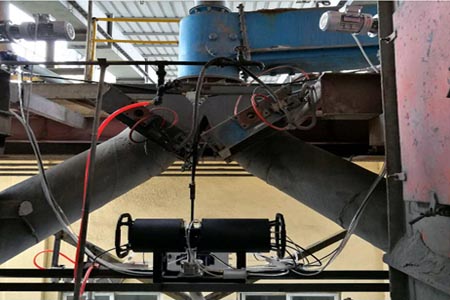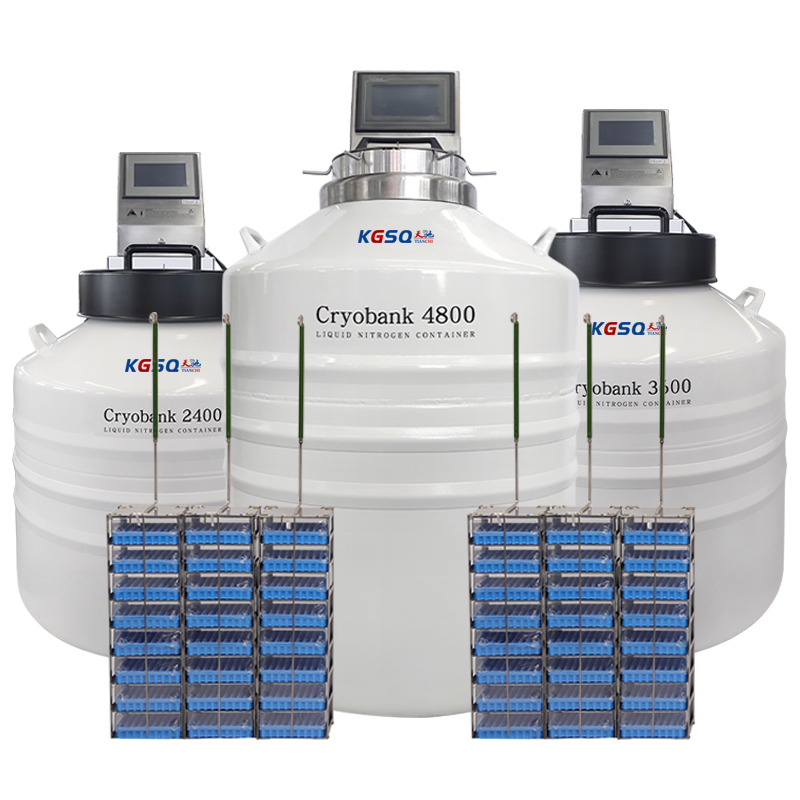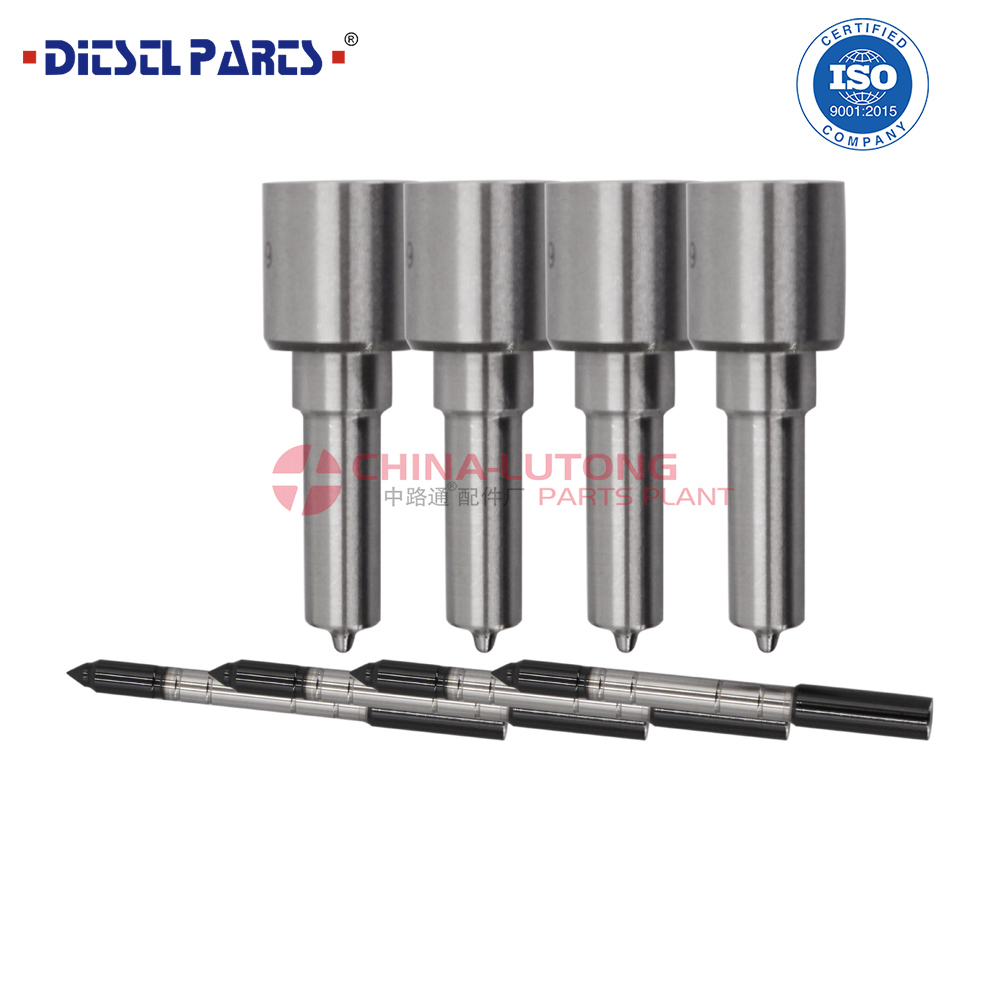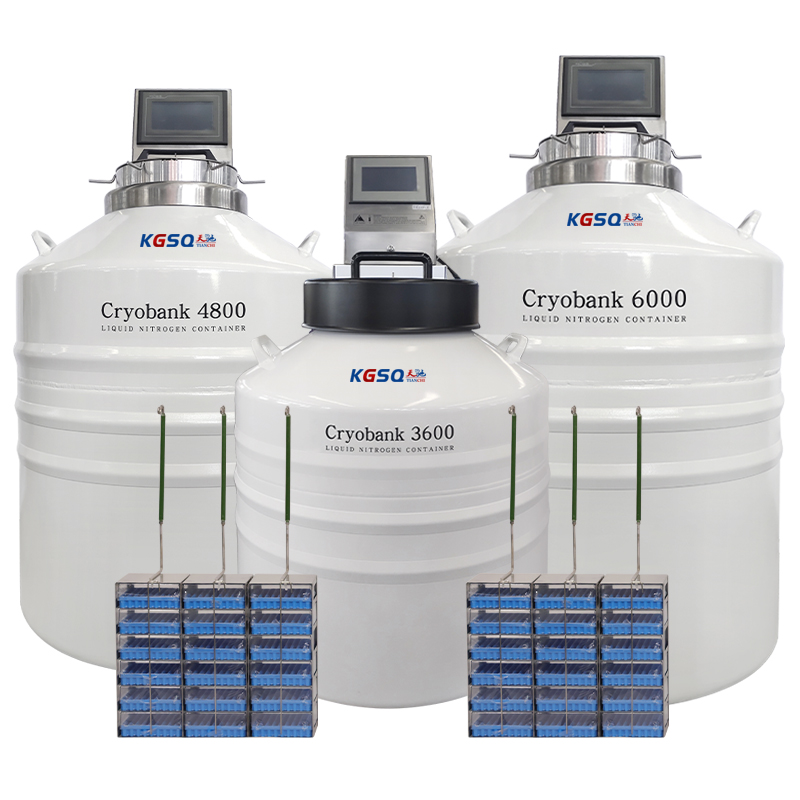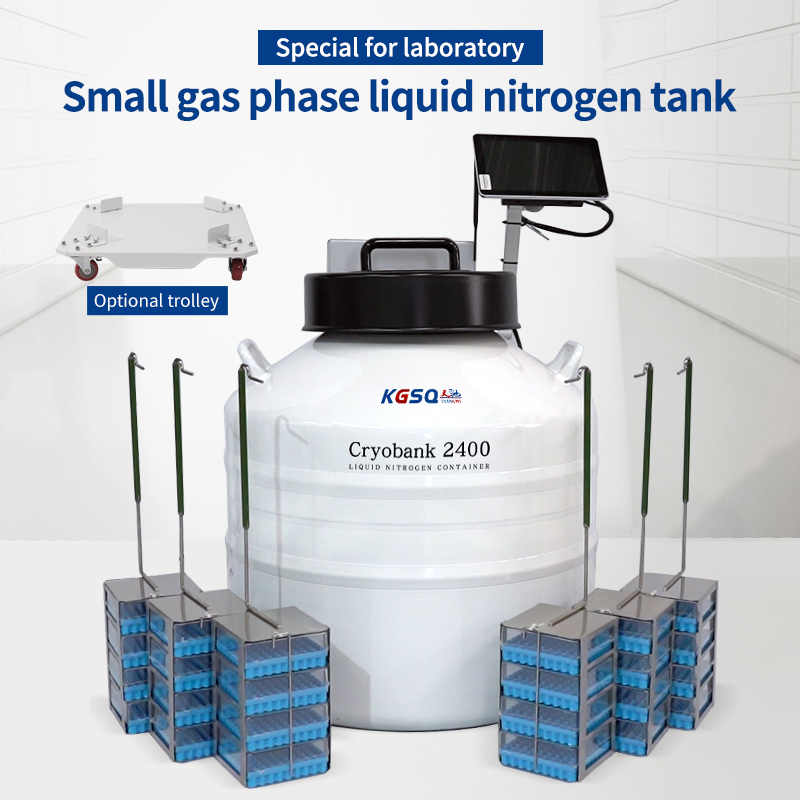Image Analysis
Dynamic Imaging Particle Analysis
Most particle size measurement techniquesmethods are based on the assumption of spherical shaped particles. This hypothesis leads to significant errors in the analysis if the particles are flake or rod-shaped. Especially for such highly form-anisotropic particles, automated imaging provides an excellent alternative for the determination of tailor-made size specifications.
Automated imaging methods for the determination of the particle size distribution of a material offers a fundamental advantage over alternative methods such as static light scattering, sedimentation or sieving: Each particle is photographed individually! This results in several important advantages for the determination of the particle size distribution:
Realistic proportional values also at the edges of the size distribution, i. e. detection of oversized particles or fine particles
Visual assessment of the dispersing state of a sample (dispersing quality, presence of agglomerates)
Calculation of meaningful size parameters, e. g. geodetic length or Feret diameter for fibres, depending on the application
Selection of the appropriate distribution type (volume, number) depending on the particular task
In addition, the individual photography of the particles gives the opportunity to make statistical calculations on the particle shape, which in practice enables further differentiation of materials. For example, form anisotropy, the deviation of the particles from the ideal sphere, often plays a decisive role for their application and further processing – for example, the conveyance or compaction of powders, the influence on the rheology in dispersions or, in addition to the particle size distribution, the roughness of the particle surface plays an important role for the success of shaping or polishing.
The necessity for tailor-made particle size and shape parameters, combined with ever-increasing PC processing power, ensures that automated imaging methods are becoming increasingly more relevant to a market which is 95% non-spherical..
Measurement method
The determination of the particle shape by automated imaging includes 4 basic steps:
The image taking is ensured by special digital cameras, if necessary in combination to a microscope, to enlarge the particles. The particles may be present neutral (e.g. on an objective) or in motion as well. The dispersing (separation) of particles is possible both in dry-mode (e.g. by simple conveying and riddling or by the usage of compressed air) but also in wet-mode in a solvent. An absolutely basic requirement to perform a successful particle shape analysis is high resolution, image sharpness, good sample dispersing resulting in measurement of individual particles and suitable enlargement. More explanation of this expression required etc. Image processing by appropriate software leads to upgraded pictures: for example isolated pixels and edging particles are eliminated, variations in brightness and signal noise are retouched and agglomerated particles are separated. The main part in object detection is image binarization, whereby every image pixel is assigned to a particle (black) or the background (white) using a threshold. The recognition of objects (particles) and feature attribution is realized by the software. In the last step, the classification, the particles are arranged in classes (e.g. size equivalent classes) on the basis of their attributed features (size and shape parameters).
Numerous size and shape parameters can be determined from the particles images by the appropriate software. Important size parameters are for example (CE) equivalent disc diameter Deq, maximum inscribed disc diameter Din, fiber length XLG (geodesic length) and fiber diameter XFD.
The equivalent disc diameter corresponds to the disc diameter of identical area to 2-D-projected particles, which is often used as size indicator for irregular shaped particles in process technology. On the contrary the maximum inscribed disc diameter of the 2-D-projected particle corresponds more or less to the sieve diameter. The geodesic length and the fiber diameter are suited very well for the characterization of fibers.
There are numerous and very application-specific shape parameters. The aim is to get extra morphological parameters in addition to particle size, whereby the particle characteristics can be better or basically described. Examples are “aspect ratio AD”, the ratio of length to width of the particles, “circularity ZK”, an indicator for particle deviation from the ideal circle and “concavity index C”, which reflects the ratio of area difference of convex envelope and area of the particle to convex envelope. Another important shape parameter is “perimeter”, which displays the particle coverage.
Now the price of particle size instrumentis affordable, if you have needs to buy any particle size analyzer instrument, please contact us.
在线联系供应商
Other supplier products
| Dynamic Image Analysis | Dynamic ImageParticle Analysis Most particle size measurement techniquesare based on the assumption of spherical shaped particles. This hypothesis... | |
| Particle Size | What is Particle Size and Particle Size Distribution? Particle size indicates how small (or big) a particle is. The unit is usually mm, μm or n... | |
| BeDensi B1 | Bulk Density Tester BeDensi B1 bulk density testing equipment adopts natural deposition method. Its manufacturing standard meets the criterion of G... | |
| BT-Online1 | Online Particle Size Analyzer BT-Online1 online particle size analysisis an on-line particle size monitoring system for real-time particle size mo... | |
| BT-Online1 | Online Particle Size Analyzer BT-Online1 online particle size measurement is an on-line particle size monitoring system for real-time particle siz... |
Same products
| Floral Garden Tools Set | 卖方: Dongyang Guorui Industry And Trade Co., Ltd. | Investing in a floral garden tools set not only enhances your gardening experience but also add... | |
| 希腊-小型气相液氮储存罐-液氮容器 | 卖方: 河南天之道生物科技有限公司 | 在科技不断进步的今天,随着现代科研和医疗领域对生物样本的低温保存要求越来越高,小型气相液氮罐的出现,成为这一领域的理想选择。下面KGSQ厂家为您具体介绍一下它的优势特点。 1.气相/液相储存 小... | |
| Common Rail FuCommon Rail Fuel Injector Nozzle L500PBCel Injector Nozzle L500PBC | 卖方: 738347 | Common Rail Fuel Injector Nozzle L500PBC 0 445 110 189 Injector Valve Set 0 445 110 190 Injector... | |
| 匈牙利-小型气液相液氮罐-液氮容器 | 卖方: 河南天驰仪器设备有限公司 | 在科技不断进步的今天,随着现代科研和医疗领域对生物样本的低温保存要求越来越高,小型气相液氮罐的出现,成为这一领域的理想选择。下面KGSQ厂家为您具体介绍一下它的优势特点。 1.气相/液相储存 小... | |
| 波兰-小型气相液氮罐-气相储存容器 | 卖方: Henan Tianzhidao Biological Technology Co., Ltd. | 在科技不断进步的今天,随着现代科研和医疗领域对生物样本的低温保存要求越来越高,小型气相液氮罐的出现,成为这一领域的理想选择。下面KGSQ厂家为您具体介绍一下它的优势特点。 1.气相/液相储存 小... |










